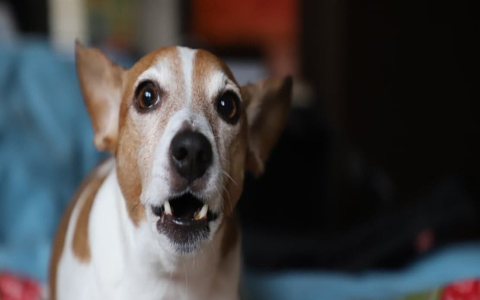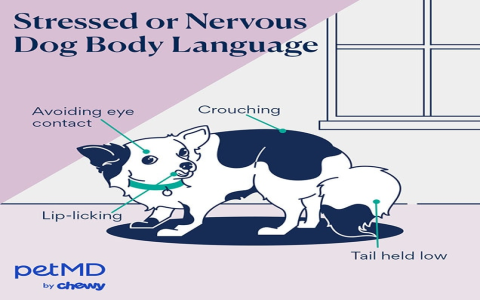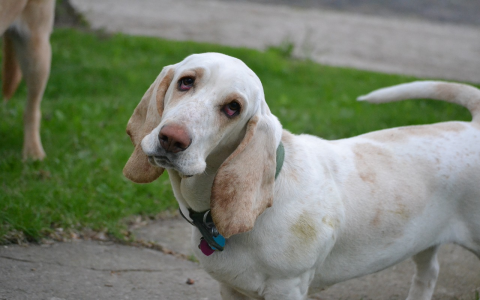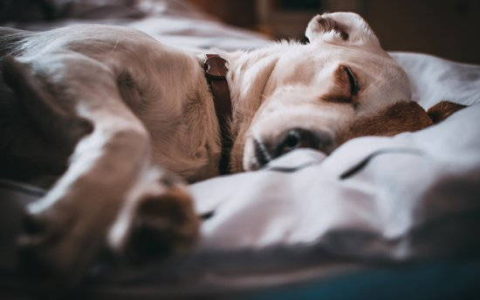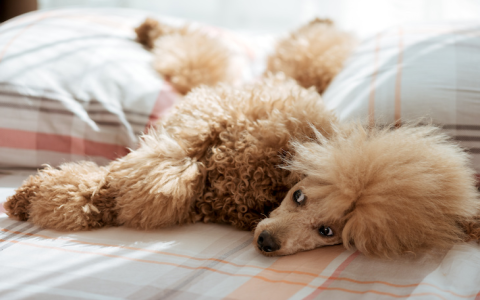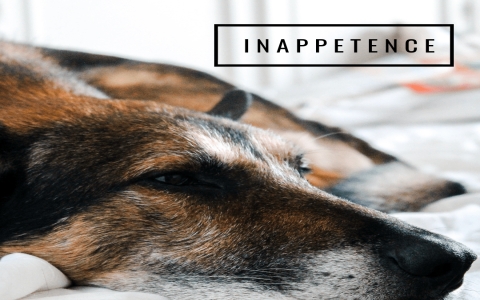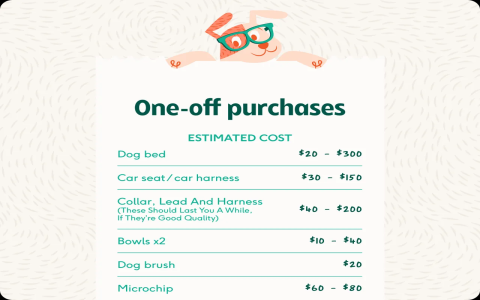Stop Puppy Barking: Why They Do It & How to Help
Okay, so my little furball, Buster, used to go absolutely bonkers whenever he saw another dog. Like, full-on barking, lunging, the whole nine yards. It was embarrassing, and honestly, kinda scary. I had no idea why he was doing it, so I decided to figure it out.
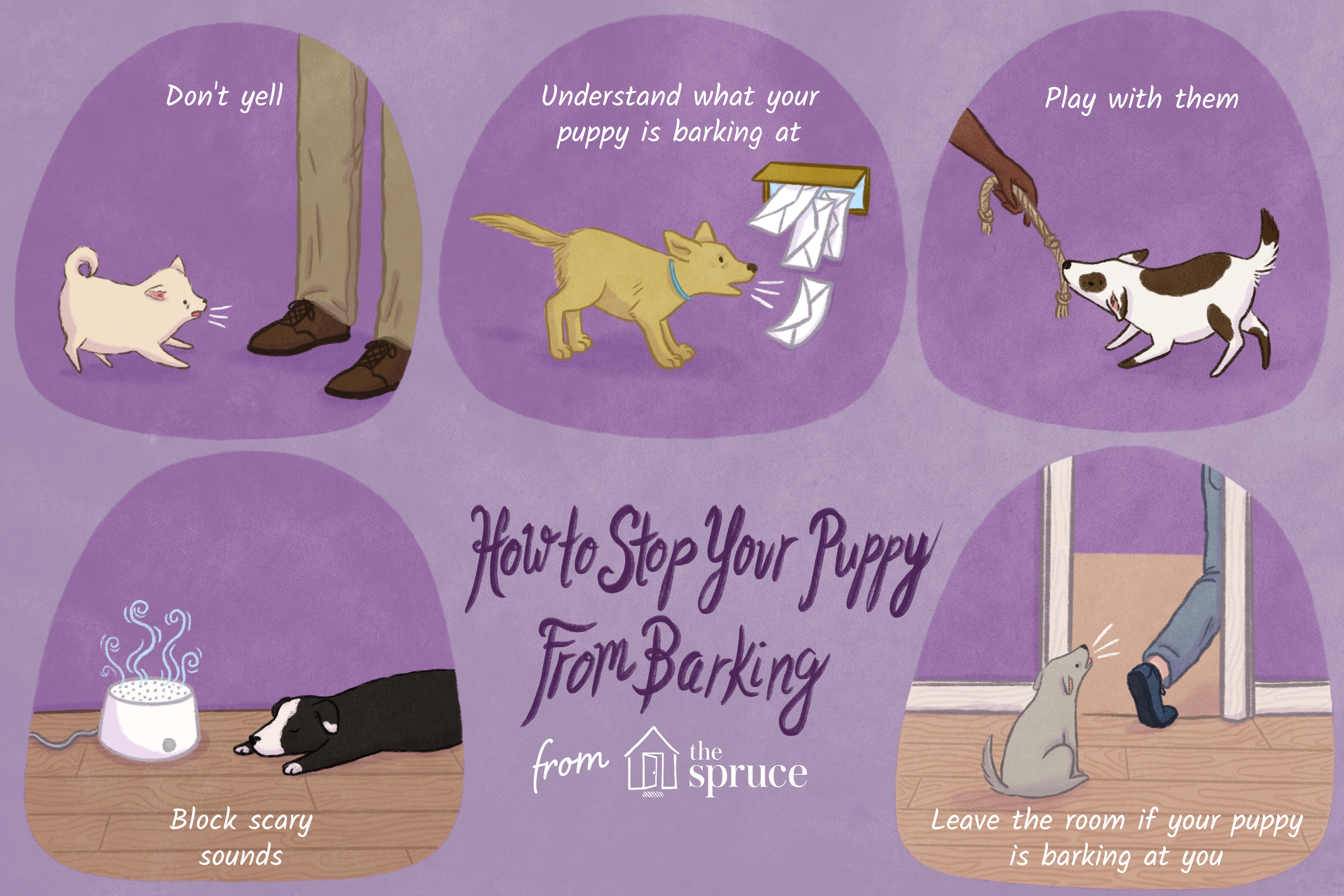
Figuring Out the "Why"
First, I observed him like a hawk. When did he bark? Was it all dogs? Big dogs? Small dogs? Dogs on leashes? I started keeping a little notebook (yeah, I'm that person) and jotting down every incident.
- Date/Time: Always the first thing I wrote down.
- Dog Breed/Size: Trying to see if there was a pattern.
- Situation: Were we on a walk? In the park? At the vet?
- Buster's Reaction: Barking? Growling? Lunging? Tail position?
- Other Dog's Reaction: Friendly? Aggressive? Ignoring us?
After a couple of weeks of this, I noticed a few things. Buster seemed most reactive to bigger dogs, especially if they were also on a leash. He was a bit better with smaller dogs, and surprisingly chill with dogs that were off-leash and running around.
Putting a Plan into Action
I have read many articles and video, It seemed like Buster might be feeling threatened or frustrated because he couldn't greet the other dogs properly on the leash. It's called "leash reactivity."
So, here's what I did:
- Kept my distance: First rule: avoid the trigger. If I saw a dog coming, I’d cross the street, turn around, or duck into a driveway. Whatever it took to give Buster space.
- Distraction is key: I loaded up on super yummy treats – the good stuff, like tiny bits of cheese or hot dogs. Whenever we saw another dog (at a distance!), I'd start feeding him treats and talking to him in a happy voice. The goal was to make him associate seeing other dogs with good things.
- Practice makes better: I started doing short training sessions in the park. I kept him, just us practicing basic commands. If he did well around other dogs (even just a glance without barking), he got tons of praise and treats.
- Slow introductions: I found a friend with a super calm, well-behaved dog. We met in a neutral place (not my yard or hers) and let the dogs sniff each other under close supervision. Short and sweet at first.
Seeing the Results (Finally!)
It wasn't overnight, let me tell you. There were setbacks, and days when I felt like we were back to square one. But slowly, surely, Buster started to improve. He still gets a little tense sometimes, but the barking is way down, and he's much better at focusing on me when we see other dogs.
It's been a journey, and we're still working on it, but I'm so proud of how far Buster's come. It just took some patience, observation, and a whole lot of cheese!
